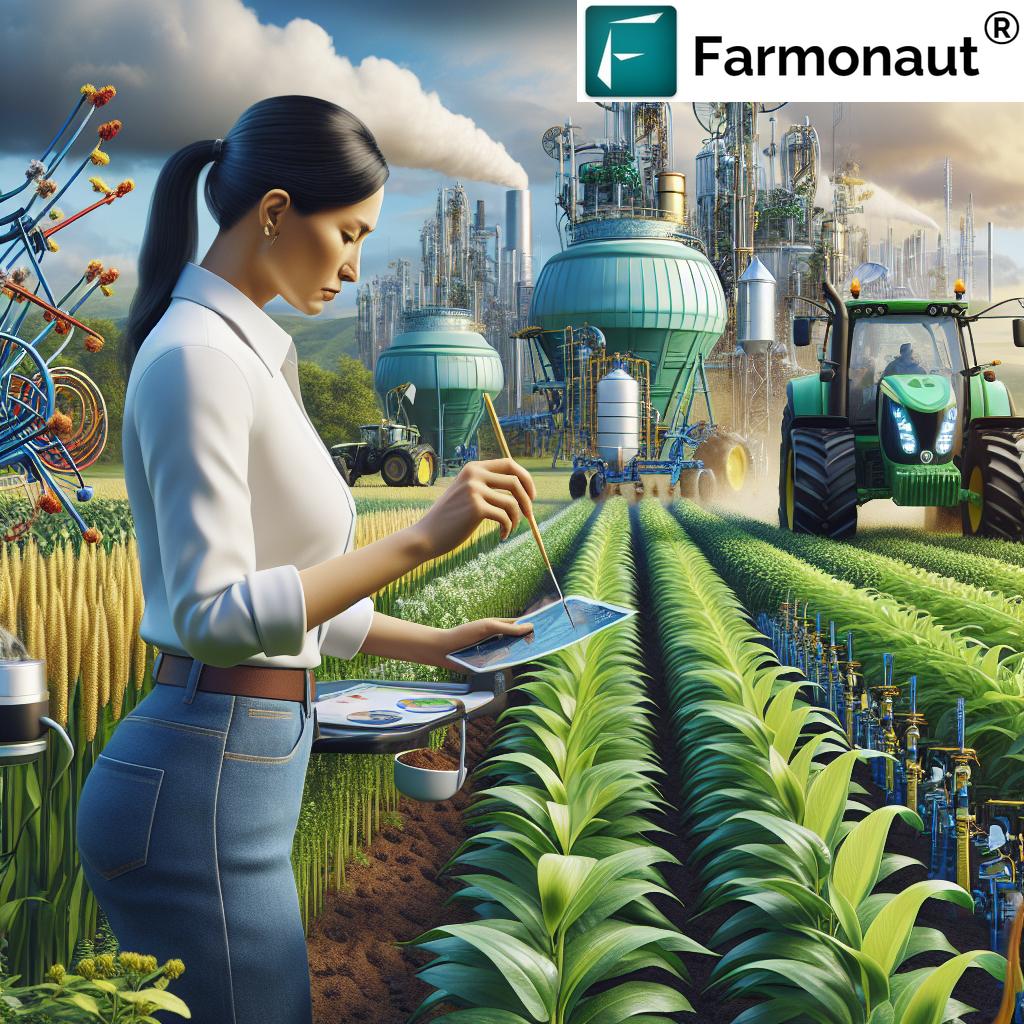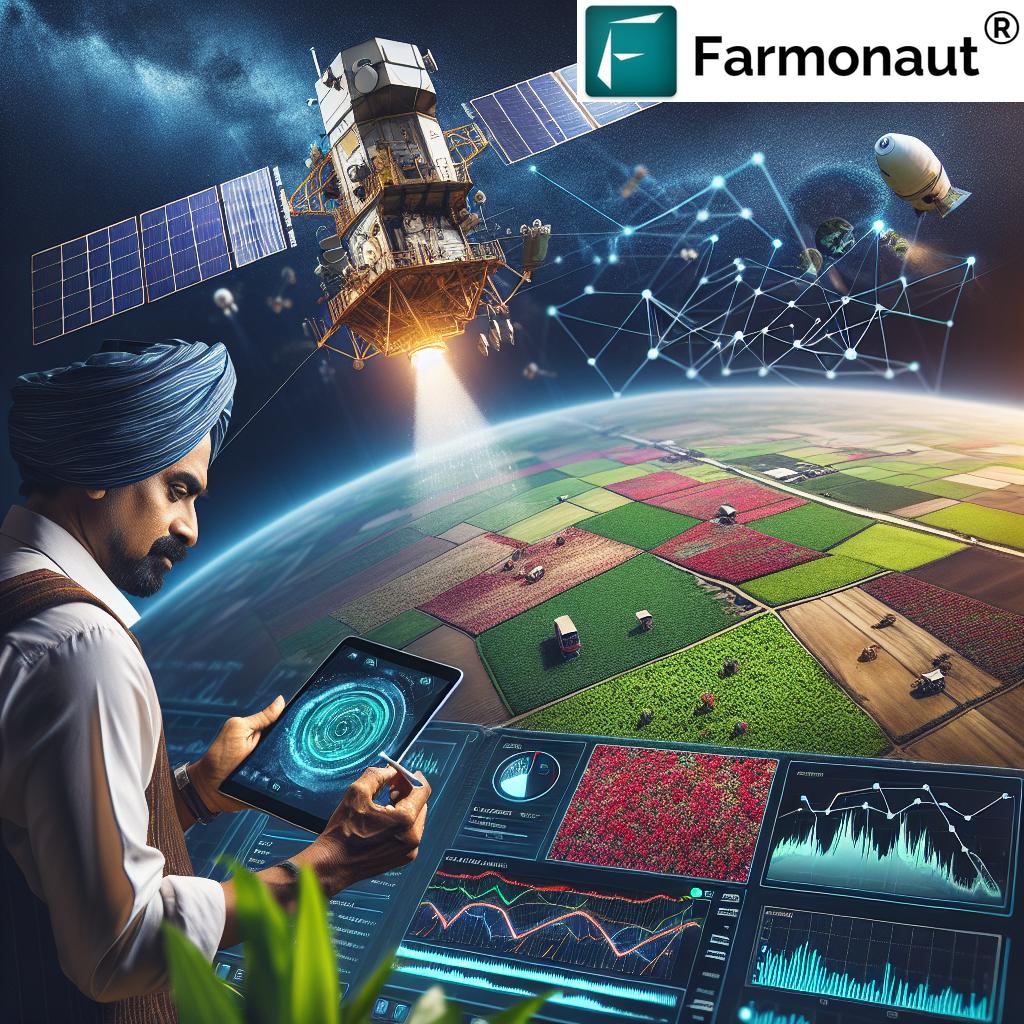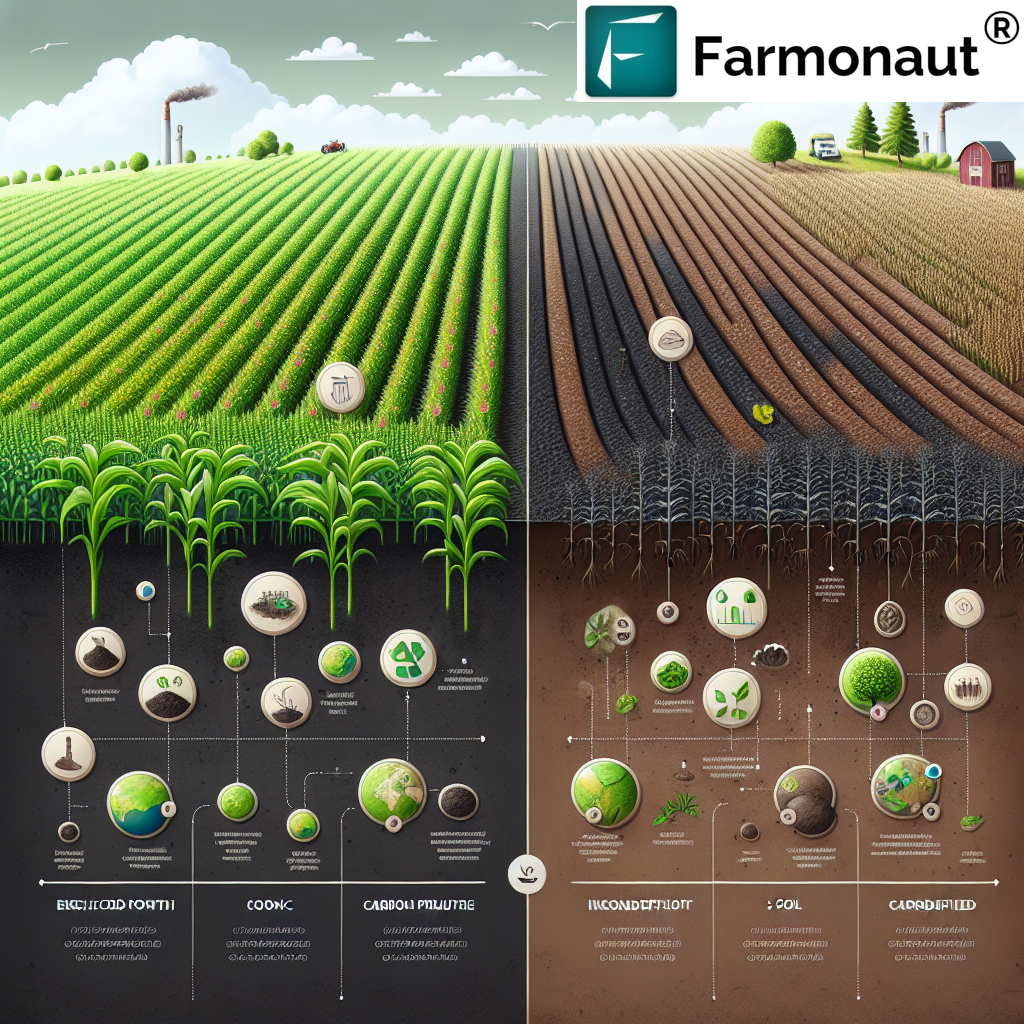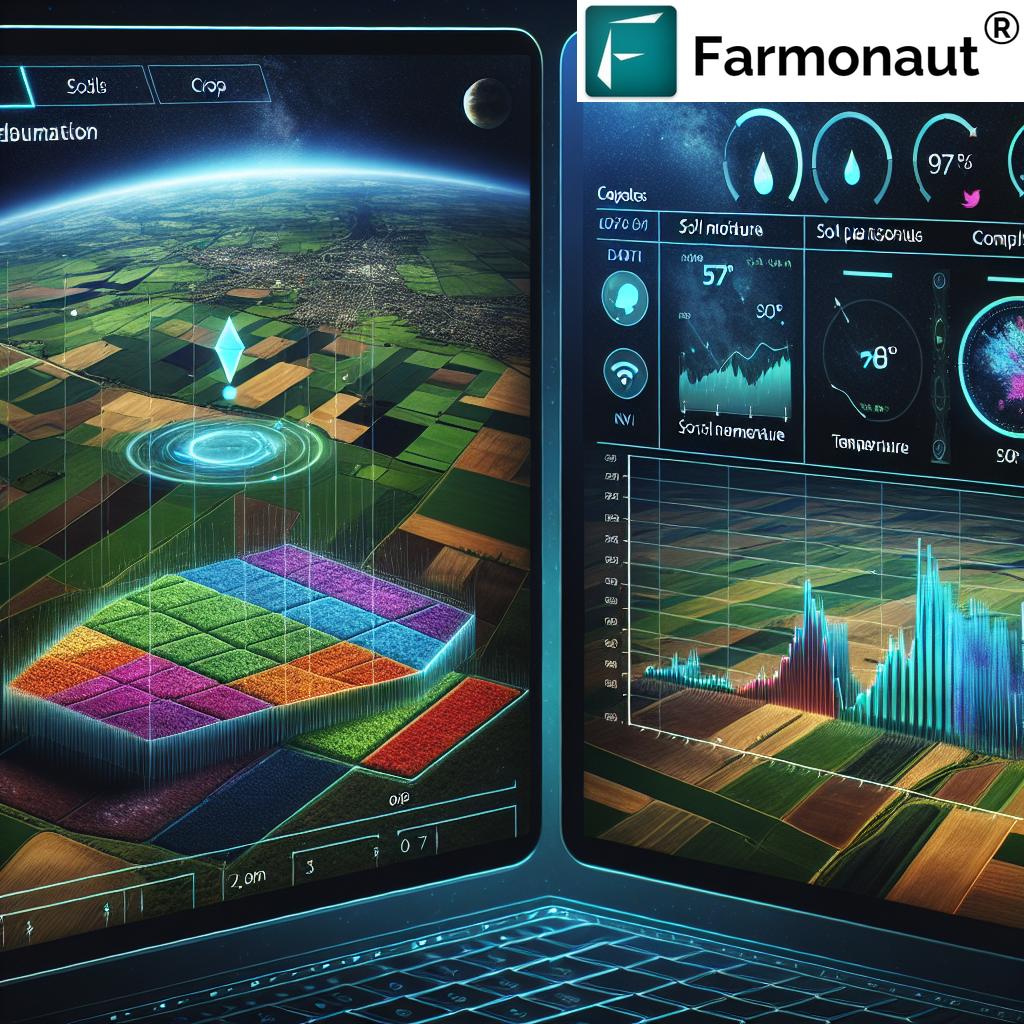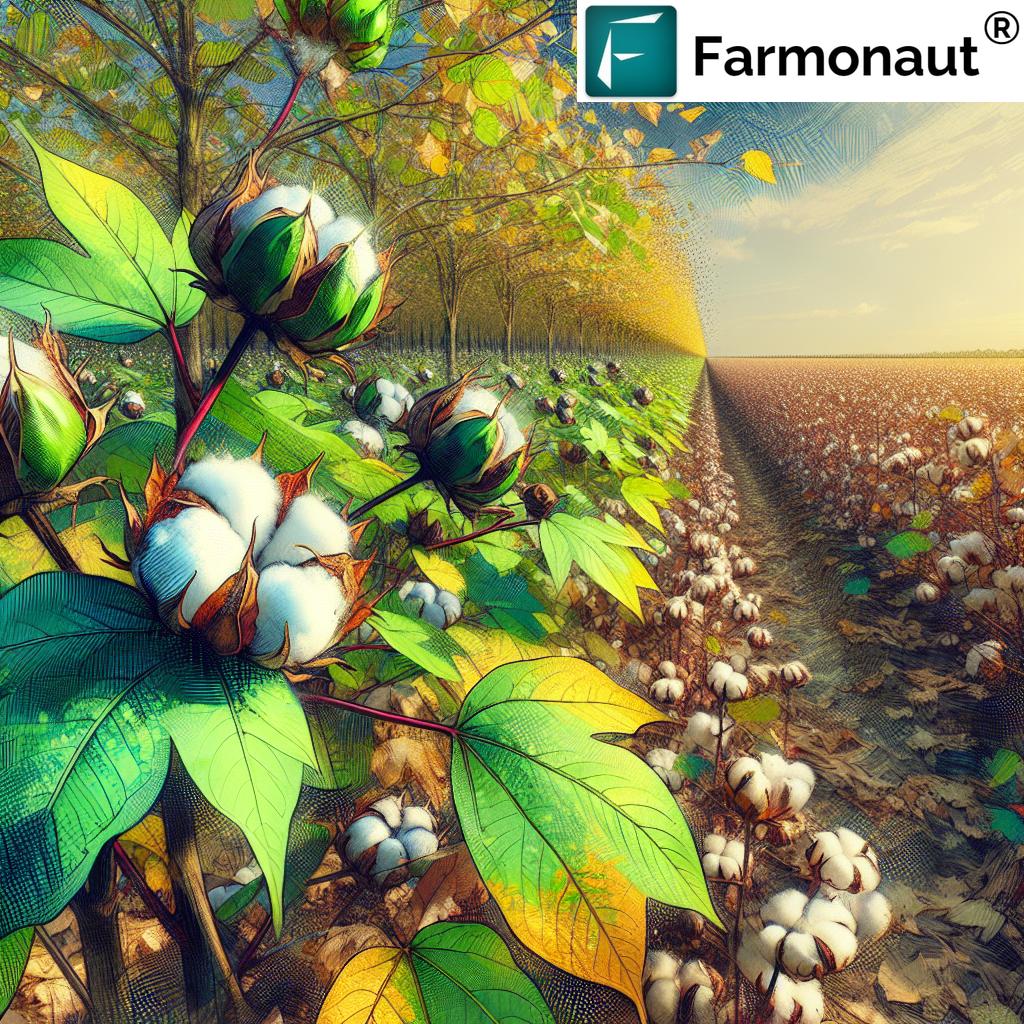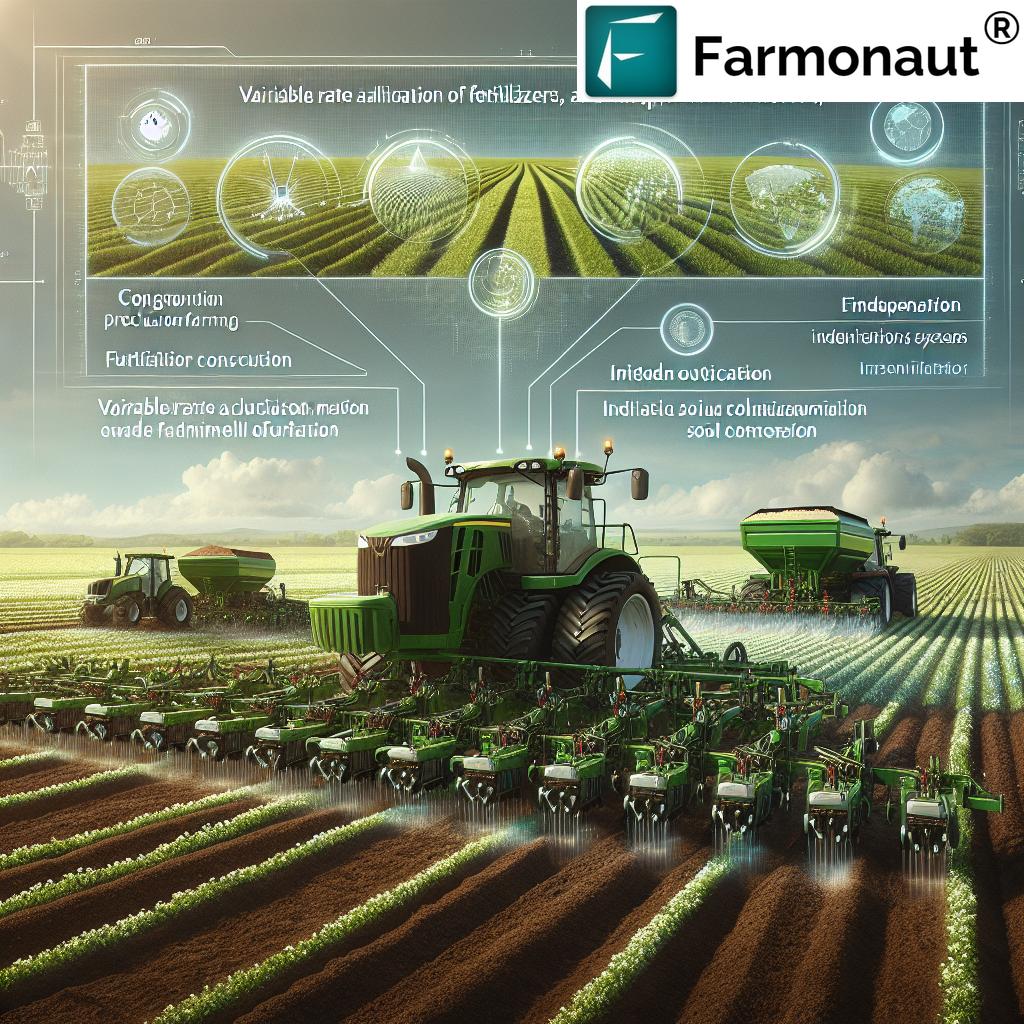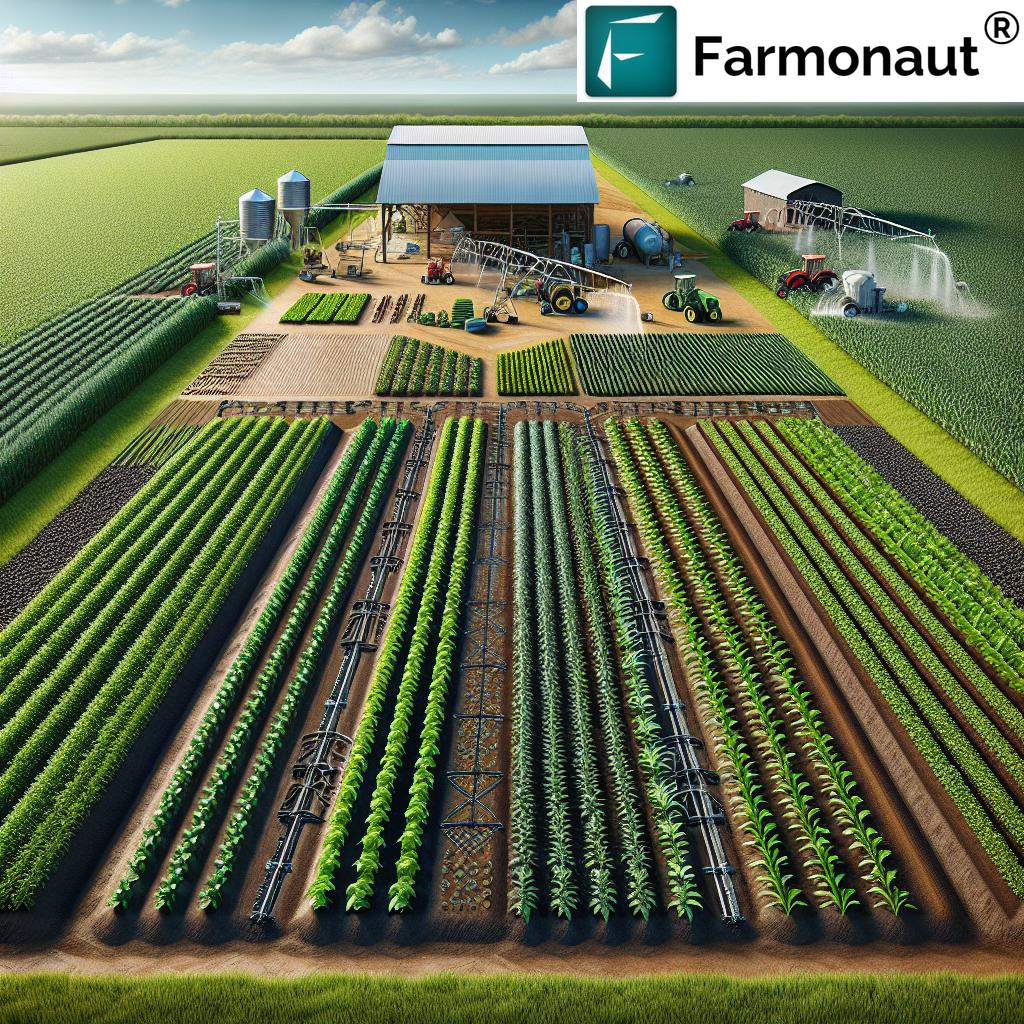AI, Drone, 5G Use Cases in Agriculture 2025: Revolutionizing Farming Efficiency, Sustainability & Crop Management
“By 2025, over 70% of smart farms are projected to implement AI-driven crop monitoring systems worldwide.”
Introduction: Technology’s Role in Future Agriculture
The agricultural landscape is experiencing a seismic shift in 2025, powered by AI use cases in agriculture, drone use cases in agriculture, and 5G agriculture use cases. Rapid advancements in artificial intelligence, UAV (drones), and high-speed 5G networks are revolutionizing how farmers approach farming, management, and sustainability. As climate change and rising global food demand intensify, integrating advanced technologies like AI, drones, and 5G has become essential for optimizing crop production, resource use, and supply chain logistics.
This blog provides a comprehensive exploration into the most impactful AI use cases in agriculture, as well as the diverse applications of drones and 5G connectivity in modern farming. We cover everything from precision soil analysis and real-time crop health monitoring to automated harvesting and intelligent water/resource management. By the end, you’ll understand how the synergy between these advanced technologies is driving efficiency, reducing waste, and paving the way for sustainable, productive, and resilient agriculture as we approach and move beyond 2025.
AI Use Cases in Agriculture 2025
Artificial Intelligence (AI)—with its unmatched ability to process vast amounts of data, interpret patterns, and generate actionable insights—has become foundational to modern agricultural practices. Let’s explore the most promising use cases of AI in farming that are transforming the entire agricultural cycle in 2025.
1. Crop Health Monitoring and Disease Detection with AI
In 2025, AI use cases in agriculture center on scanning fields with machine learning algorithms and computer vision to monitor crop health in real time. Systems analyze imagery and sensor data to detect diseases early, identify pest infestations, or see subtle changes in plant growth invisible to the human eye.
- Satellites, drones, and ground sensors provide continuous data, enabling precision monitoring at scale.
- AI-driven analysis pinpoints affected areas for targeted treatment, minimizing chemical usage and reducing labor costs.
2. Predictive Yield Forecasting and Decision Support
AI algorithms can now synthesize historical data, weather forecasts, and real-time crop imagery to predict yields with remarkable accuracy. This improves pre-harvest planning, resource allocation, and market alignment.
- Decision Support Systems use AI to help farmers choose the best crop varieties based on market trends, soil conditions, and climate forecasts.
3. Soil Analysis, Nutrient & Fertilizer Optimization
AI-powered soil analysis tools are revolutionizing the way farmers assess nutrient levels, moisture content, and composition. These solutions provide precise fertilization plans—reducing waste and environmental impact.
- Analysis of satellite-derived and in-field sensor data with AI algorithms ensures input application matches crop needs exactly.
- Promotes sustainability by avoiding over-application and minimizing runoff.
4. Weather and Climate Risk Management
AI systems process weather data and climate trends to model risk scenarios—enabling farmers to make informed decisions and protect yields against drought, flooding, or unseasonal weather shifts.
5. Automated Machinery and Robotics in Agriculture
The integration of AI has transformed tractors, seeders, harvesters, and irrigation systems into “smart” robots:
- Machines autonomously perform seeding, weeding, spraying, and harvesting with precision.
- AI navigation incorporates real-time sensor feedback for optimal operation.
- Reduces labor dependency and minimizes crop damage.
6. Farm Management Platforms and Resource Optimization
Farm management platforms, powered by AI, aggregate data from multiple sources (IOT sensors, satellite imagery, market feeds) to optimize resource allocation and improve every stage of the supply chain.
- AI dashboards provide actionable insight for input procurement, irrigation, labor deployment, and equipment maintenance.
- Supports circular economy by optimizing waste management and enabling supply chain traceability.
If you’re seeking a scalable, AI-driven advisory platform that integrates satellite monitoring, weather insights, and real-time recommendations, explore Farmonaut’s Plantation & Forest Advisory Solution.
7. AI in Supply Chain and Traceability
How can we use AI in agriculture for improved transparency? Through blockchain integration and smart algorithms, AI can trace the journey of agricultural products—ensuring food safety, certification, and market advantage.
- Reduces fraud, minimizes losses, and enhances consumer confidence.
Check Farmonaut’s Blockchain-Based Product Traceability for advanced solutions providing end-to-end supply chain authenticity.
Drone Use Cases in Agriculture 2025: The New Eyes and Hands in the Field
Drones, also known as Unmanned Aerial Vehicles (UAVs), have become indispensable tools for precision agriculture in 2025. Here’s how drone use cases in agriculture are redefining monitoring, planting, and input management on farms of every scale.
1. High-Resolution Crop Monitoring and Imaging
- Multispectral and thermal drones capture high-resolution aerial imagery to rapidly monitor crop health, detect diseases, identify pest infestations, and map water stress areas.
- Enables real-time management and targeted input application.
2. Autonomous Field Surveys & Mapping
- Drones in 2025 autonomously conduct field surveys multiple times per day, delivering immediate data to AI-powered analysis systems.
- Supports rapid decision-making and improved resource management.
3. Variable Rate Application of Inputs
- Drones now enable precision application of pesticides, herbicides, and fertilizers—targeting only affected areas and drastically reducing chemical usage and waste.
- Cuts input costs, minimizes environmental impact, and helps farmers comply with evolving agricultural regulations.
4. Drone-Assisted Planting and Pollination
- Drone-based aerial seeding revolutionizes planting operations, especially on large or otherwise inaccessible terrain.
- Some drones also assist in pollination, improving crop yields where natural pollinator populations are declining.
For granular insights on how drones, satellites, and AI can boost your planting accuracy, view our Large Scale Farm Management Solution.
5. Water Management and Irrigation Efficiency
- Drones equipped with sensors can identify areas of water stress, detect leaks, and support AI-driven irrigation planning.
- Ensures only required water is used, enhancing sustainability and resource conservation.
6. Environmental Impact and Carbon Footprint Monitoring
- Drones gather data to help assess carbon emissions, monitor soil health, and track the effectiveness of climate-smart practices.
- Supports compliance with environmental laws and enables better reporting and incentives.
Interested in evaluating your environmental performance? Discover Farmonaut’s Carbon Footprinting Solution.
7. Fleet and Logistics Support
- Drones shoulder a growing role in fleet tracking, asset inspection, and operator safety on sprawling farm operations.
- Cuts operational downtime and helps manage distributed farm machinery.
For sophisticated monitoring and logistics, Farmonaut’s Fleet Management Platform provides real-time tracking, safety, and cost optimization.
“5G networks are expected to connect more than 50 million agricultural sensors globally by 2025.”
5G Agriculture Use Cases: Transforming Farming Practices
The global rollout of 5G networks is unlocking unprecedented real-time data connectivity and bandwidth across rural and agricultural regions. This next generation of cellular infrastructure is catalyzing 5G agriculture use cases and transforming how farmers operate, optimize, and manage their farms.
1. Real-Time Sensor and IoT Device Integration
- 5G connectivity ensures data streams seamlessly from sensors, drones, and machines to AI-powered analysis platforms.
- Empowers synchronized precision operations and instant actionable insights.
2. Autonomous Machinery and Drone Coordination
- 5G networks deliver low latency and high reliability—enabling fleets of tractors, harvesters, and drones to operate simultaneously and safely with real-time adjustments.
- Facilitates “swarm” operations where multiple autonomous agents (machines/drones) collaboratively tend fields.
3. Dynamic Water and Irrigation Management
- Smart irrigation systems connected via 5G adjust water delivery dynamically—based on soil moisture sensors and weather-driven AI analytics.
- Crucial for drought-prone or variable rainfall regions.
4. Enhanced Supply Chain and Inventory Tracking
- 5G-enabled logistics solutions bring real-time tracking of crop movement from field to warehouse to marketplace.
- Supports blockchain traceability and reduces perishability.
5. Augmented and Remote Farm Management
- 5G bandwidth supports augmented reality (AR) apps for remote monitoring, on-field guidance, and immersive training—empowering farmers, agronomists, and advisors regardless of physical location.
- Training and expert consultation can be delivered at scale, democratizing knowledge.
With 5G agriculture use cases, farmers benefit from truly connected farm ecosystems, driving greater agility, market responsiveness, and operational safety.
Technology Use Case Impact Table: AI, Drone, 5G in Agriculture (2025)
| Technology | Use Case/Application | Estimated Efficiency Improvement (%) | Estimated Cost Savings (%) | Estimated Year of Mainstream Adoption | Example Crops/Areas Benefited |
|---|---|---|---|---|---|
| Artificial Intelligence (AI) | Predictive Crop Yield & Disease Detection | 30–45% | 20–35% | 2025 | Rice, Wheat, Vegetables, Orchards |
| Drones | Precision Aerial Spraying & Field Mapping | 25–40% | 15–30% | 2025 | Large-Scale Cereals, Pulses, Oilseeds |
| AI + Sensors | Soil Health Diagnosis & Input Optimization | 20–40% | 15–30% | 2024-2025 | Vegetables, Sugarcane, Horticulture Crops |
| Drone + AI | Automated Drone-Assisted Planting | 30–50% | 15–25% | 2025 | Rice Paddies, Plantations, Forests |
| 5G Networks | Real-Time Sensor Networks & Farming Automation | 20–30% | 10–20% | 2025 | All Crops, Livestock, Greenhouses |
| AI + Blockchain | Supply Chain Traceability & Fraud Reduction | 15–25% | 10–18% | 2024-2025 | Processed Foods, Organic Produce |
| AI, 5G, Drones | Connected, Autonomous, Smart Farms | 30–55% | 20–40% | 2025 | Large Farms, Cooperatives, Export Crops |
Farmonaut’s Role in Transforming Smart Agriculture
With the surge of AI, drone, and 5G use cases in agriculture for 2025, organizations like Farmonaut are empowering the industry to seamlessly harness the power of these advanced technologies. Let’s delve into how the integration of satellite imagery, AI-driven advisory systems, blockchain traceability, and resource management tools is making actionable, affordable solutions available to farmers and agri-businesses worldwide.
Satellite-Based Monitoring & AI Insights
Farmonaut leverages multispectral satellite imagery and AI analytics to deliver granular crop health monitoring, soil analysis, and climate advisory directly through intuitive Android, iOS, and web/browser apps. Jeevn AI, our proprietary advisory system, analyzes multi-source agricultural data and provides real-time, tailored strategies for sustainable productivity.
Blockchain-Based Traceability
Transparency is a cornerstone of the 2025 food system. Farmonaut integrates blockchain technology to provide secure product traceability across agricultural and supply chain processes. This guards against fraud and builds trust with consumers seeking authentic, ethically sourced food.
Learn more about Farmonaut’s Traceability Platform.
Fleet & Resource Management
Effective logistics and resource management rely on real-time tracking and data-informed decisions. Farmonaut fleet management tools enable streamlined tracking of vehicles, machinery, and assets across extensive farms, reducing operational costs and boosting safety.
Discover full fleet optimization at Farmonaut’s Fleet Management.
Environmental Impact & Carbon Footprinting
Sustainability is at the heart of every progressive farm. Our platform offers real-time carbon footprint monitoring, enabling growers and agri-businesses to track, report, and reduce their environmental impact while complying with global standards—a critical advantage as climate regulations tighten.
See our Carbon Footprinting Module for details.
Integration with 5G & Connected Devices
As 5G agriculture use cases proliferate, Farmonaut is designed to ingest data from myriad IoT sensors and field devices, supporting instant analysis and actionable recommendations for every stage of farm management.
Access Across Platforms
Our services are accessible across web, Android, and iOS apps. Try them today:
APIs for Developers & Enterprise
Integrate real-time satellite, weather, and agri-data into your enterprise systems with Farmonaut’s API and Developer Documentation.
Farmonaut subscriptions are crafted for flexibility, scalability, and affordability. Ready to unlock the full power of satellite, AI, and blockchain-driven agriculture for 2025?
Future Outlook: The Path Towards Precision, Smart Farming
The synergy between AI, drone, and 5G use cases in agriculture is ushering in an era of unprecedented efficiency, sustainability, and resilience. As we approach 2025:
- Smart farms will harness real-time, high-frequency data from endpoints across the field, allowing instant responses to changing conditions.
- Autonomous machinery, coordinated via low-latency 5G networks, will drastically reduce manual labor and prevent losses from untimely interventions.
- AI-powered analytics will optimize everything from planting dates and fertilizer dosing to yield projections and harvest logistics.
- Blockchain-based supply chain systems will make food traceability the norm, enhancing transparency and compliance in a global market.
- Environmental sustainability will become inseparable from profitability as carbon monitoring and regenerative agricultural practices are incentivized and enforced worldwide.
The result? A more secure, resilient, and prosperous global food system for the coming generations.
FAQ on AI, Drone, 5G in Agriculture
What are the most significant AI use cases in agriculture for 2025?
- Real-time crop health and disease monitoring.
- Predictive yield forecasting and precision input management.
- Autonomous equipment operation (seeding, irrigation, harvesting).
- Supply chain traceability and risk reduction.
How do drones improve efficiency on farms?
- Enable high-resolution, multispectral field monitoring multiple times per day.
- Support precision spraying, fertilizing, and seeding.
- Help quickly detect water stress, pest damage, and disease outbreaks.
- Assist in fleet management and infrastructure inspection.
What makes 5G crucial for next-generation farming?
- Provides low-latency, high-bandwidth connectivity across large, rural geographies.
- Enables real-time sensor data aggregation, machinery automation, and remote management.
- Empowers AR/VR-enabled training and support for farmers worldwide.
- Connects millions of IoT devices supporting complex farm operations.
How can I integrate new technology into my farm operations?
- Start with satellite and drone-based remote monitoring for crop health and soil condition analysis.
- Leverage platforms like Farmonaut providing real-time, AI-guided advisory, traceability, and environmental impact monitoring.
- Adopt connected sensors and ensure robust data connectivity to capitalize on AI-driven automation and live insights.
Conclusion: Cultivating the Future of Agriculture
The integration of AI use cases in agriculture, drone use cases, and 5G agriculture use cases is setting a bold new stage for global farming. In 2025, rising food demand, climate challenges, and the urgency of sustainability are driving the mainstream adoption of these advanced technologies.
By leveraging data-driven insights, satellite monitoring, and real-time connectivity, farmers worldwide will optimize productivity, minimize waste, and create a more profitable and sustainable agricultural system. As technology evolves, so does our ability to feed the planet responsibly—one smart farm at a time.






